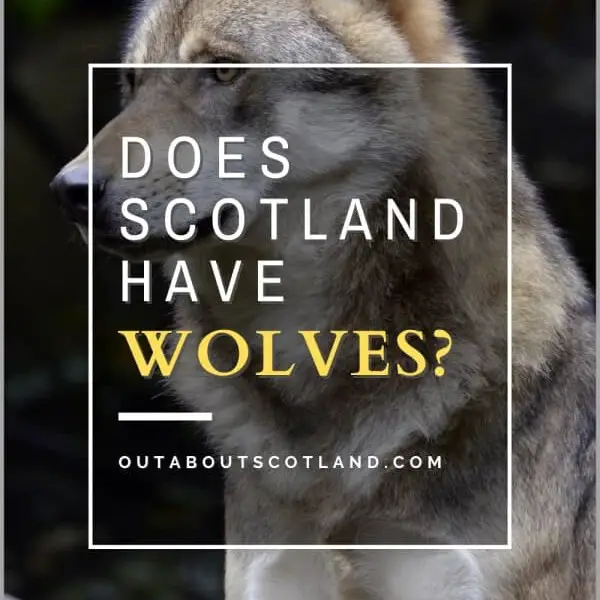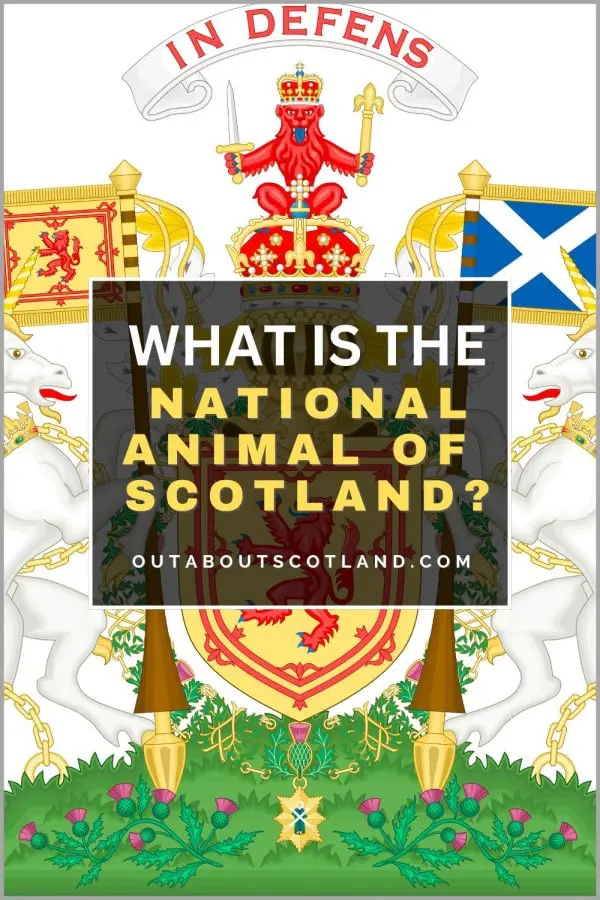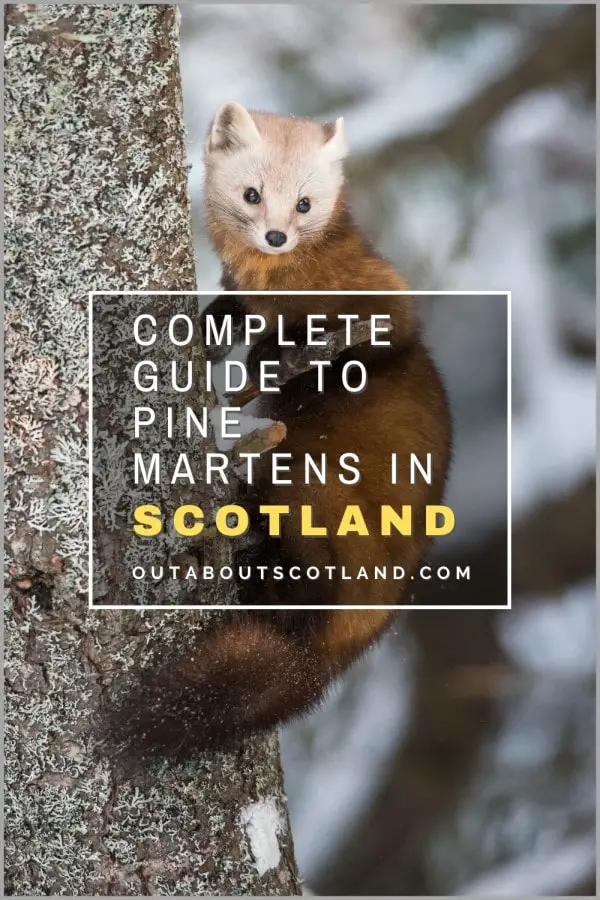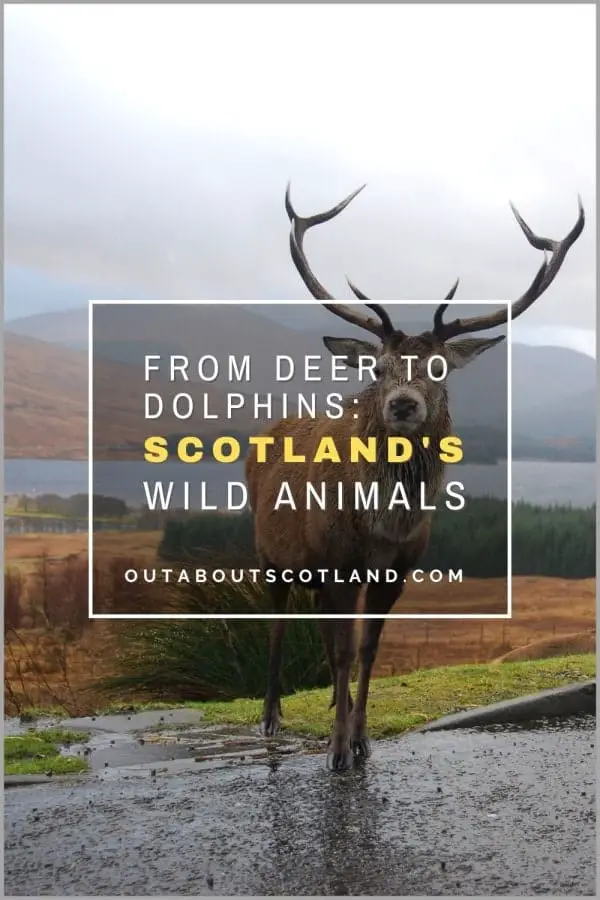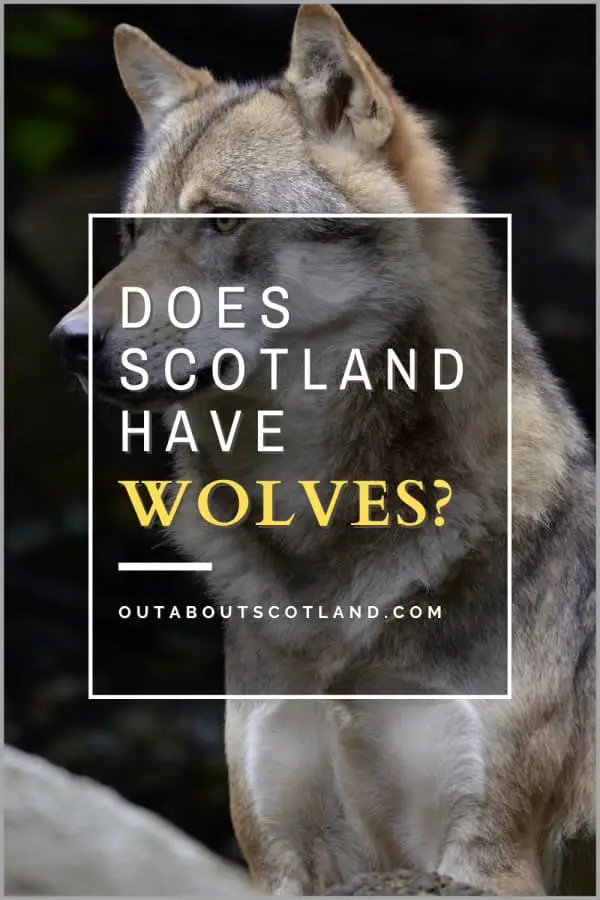The intelligent and sociable wolf is well known for its ability to thrive in the most difficult conditions, helped no end by the fact that it’s an incredibly successful pack hunter. But sadly, the wolf has been the subject of human persecution for thousands of years, and their numbers are now just a fraction of what they once were.
When humans moved their farms into wolf territory it was inevitable there would be losses to livestock, which in turn meant wolves were hunted to the point of extinction throughout Europe.

Now, hundreds of years after the grey wolf was driven out, conservation groups are beginning to reintroduce them and thanks to a European wolf hunting ban their numbers are now recovering in countries such as Italy, Croatia and Germany.
The United Kingdom is yet to embrace the possibility of wolves once again roaming the countryside and there are currently no wolves living in the wild in Scotland. The last Scottish wolf was officially killed in 1680 near the village of Killiecrankie in Perthshire, but there are reports that some individuals lived in the Highlands as late as the 1880s.
Although there aren’t any wolves left in the wild, there are a few places where people can see them in captivity, including the Highland Wildlife Park, Five Sisters Zoo, and the Scottish Deer Centre.
Are Wolves Being Reintroduced to Scotland?
It might seem like a crazy idea to some, but there’s a very real possibility that wolves could be reintroduced to Scotland almost 300 years after the last ones were killed. Conservationists are currently investigating rewilding some of the more inhospitable regions of the Highlands, which could see wolves, lynx, and even bears returning to places where they were once apex predators.
If you’re not familiar with the term ‘rewilding’, it’s the process of taking back land that has been altered by farming and returning it to its pre-agricultural condition. This land then becomes home to re-introduced predators that keep indigenous prey animal numbers to manageable levels, creating a self-sustaining wilderness that requires minimal human intervention.
But why introduce predators at all?
The answer lies everywhere you look in the Highlands. That bleak, desolate landscape wasn’t always like that, and thousands of years ago, before humans began farming the land, there were vast forests stretching from the southern Borders to the far north of Sutherland.
As predators like wolves were driven to extinction by humans, the number of foraging animals, such as red deer, exploded. Deer are always grazing for food, so naturally they pick off the shoots of new trees, which in turn prevents the landscape from ever recovering to its natural state.
Deer numbers across Scotland have doubled to almost a million in the last 30 years with approximately 400,000 red deer and 350,000 roe deer in total, plus other species. This increase in numbers requires Forestry and Land Scotland to perform annual culls, but even so, deer are still responsible for millions of pounds worth of damage to forests each year.
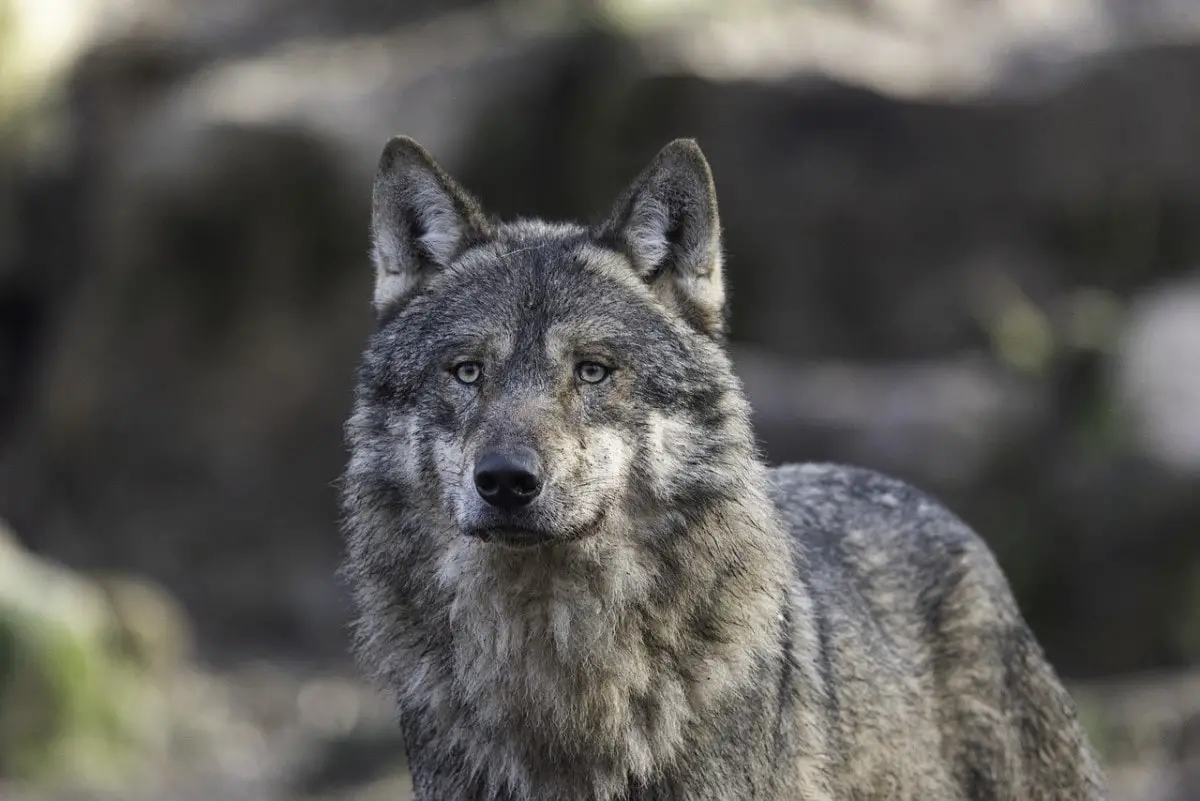
Worldwide, there have been some very successful rewilding projects in the last couple of decades, the most famous of which has to be Yellowstone National Park in the US which saw grey wolves reintroduced in 1995. In that project, the wolves are tagged and tracked so they can be returned to their own area if they stray too far, providing jobs for park rangers while also minimizing contact with people.
The wolves kill prey animals only as they need to, which is enough to allow the overall ecology of Yellowstone to improve in a process called trophic cascade. More trees are able to grow which in turn encourages small animals and birds to thrive which then spread seeds and nuts further afield.
This has seen a huge increase in Yellowstone’s wildlife diversity, which has brought with it more wildlife-related tourism, along with an increase in revenue which is then piped back into maintaining the park. So, could the success of Yellowstone be replicated here in Scotland?
It’s difficult to find reasons why it couldn’t, but as it stands, for an animal species to be introduced a licence has to be granted by the government-run Scottish Natural Heritage agency. Unfortunately, the Scottish government’s current policy – according to the website of gov.scot – is ‘We have no plans to reintroduce lynx, wolves, bears or any other large carnivore species into Scotland’.
There’s also resistance from farmers who are concerned stray wolves could kill their livestock, and hiking groups are concerned parts of the Highlands would have to be fenced off, which goes against the terms of The Land Reform (Scotland) Act 2003.
However, conservation groups are making inroads for rewilding in Scotland, and they’re actively spreading their message to the public thanks to websites like Rewilding Britain. If enough people get on board with the idea, public opinion could quite easily force the government to change its mind.
Where to See Wolves in Scotland
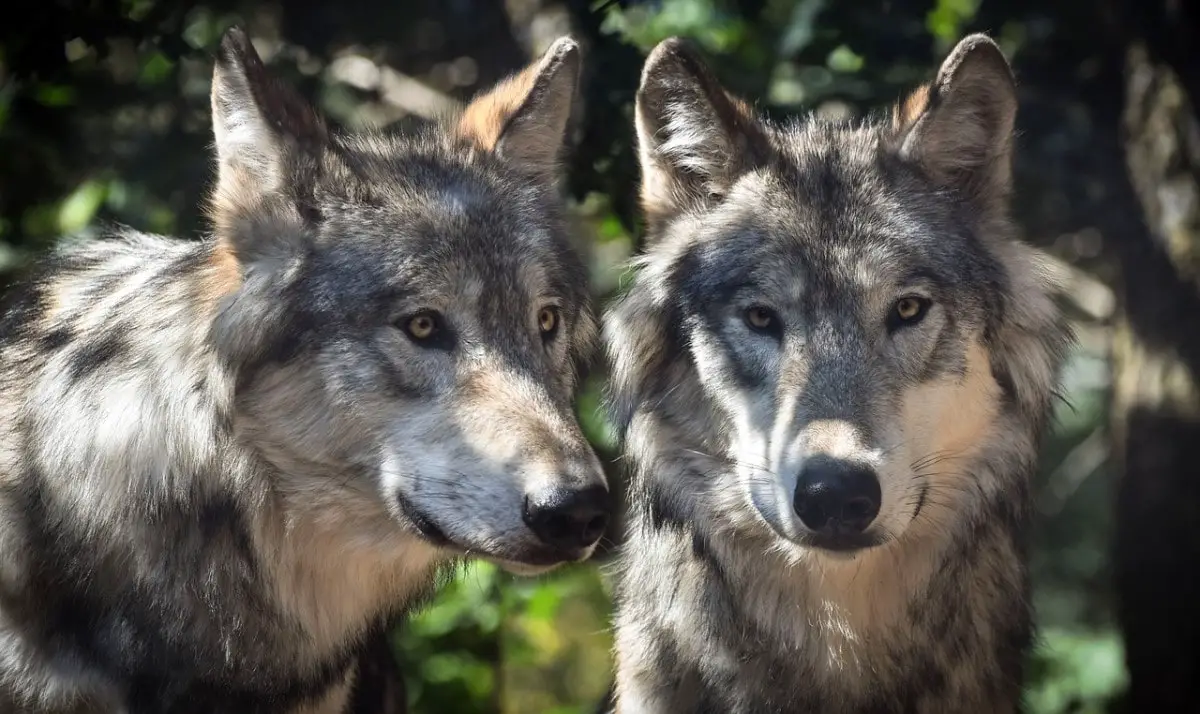
As mentioned earlier, no wild wolves are living in Scotland, but there are a few kept in captivity. Of all these sites, perhaps the best-known is the Highland Wildlife Park near Kincraig in the Cairngorms National Park. This visitor attraction is best known for its polar bears (the only ones in the UK) but it’s also a great place to see wolves.
Because the Highland Wildlife Park is a sister site of Edinburgh Zoo it has a superb conservation programme and they actively work with the Himalayan Wolves Project to protect wolves worldwide.
The park is primarily a tourist attraction though, and on that front they excel in all areas. Not only is there a safari where visitors can drive around several animal enclosures, but there’s also a walk-around section, daily talks by the keepers, gift shops, and cafés.
Another great visitor attraction that has wolves is the Scottish Deer Centre in Fife. Though the name suggests they only have deer (12 species in total) they actually look after many other animals including brown bears, northern lynx, Scottish wildcats, and grey wolves.
The Scottish Deer Centre is surprisingly big at just over 55 acres and takes a good couple of hours to walk around, and that’s before listening to the keeper talkand watching the falconry displays. In fact, I’d say most families will be able to spend all day at this attraction,which makes the price of entry a ain in my book.
The Scottish Deer Centre is aimed at families but it’s ideal for all ages thanks to woodland and tree-top walks in addition to an indoor play barn and a courtyard shopping area.
My last recommendation to see wolves in Scotland is the fantastic Five Sisters Zoo in West Lothian. A dedicated group of people who are committed to caring for rescue animals of all sizes, including bears, lions, lemurs, and Arctic wolves, run this small zoo.
The zoo has grown from a garden centre that took in unwanted pets into one of Scotland’s best small zoos, and today they look after more than 180 species of mammals, birds, and reptiles from all over the world. Five Sisters Zoo is a genuine hidden gem of an attraction, and they’ve done an amazing job of creating an environment that educates children while keeping the entire family entertained with daily keeper talks, animal encounters, and play areas.
What Predators Are There in Scotland?
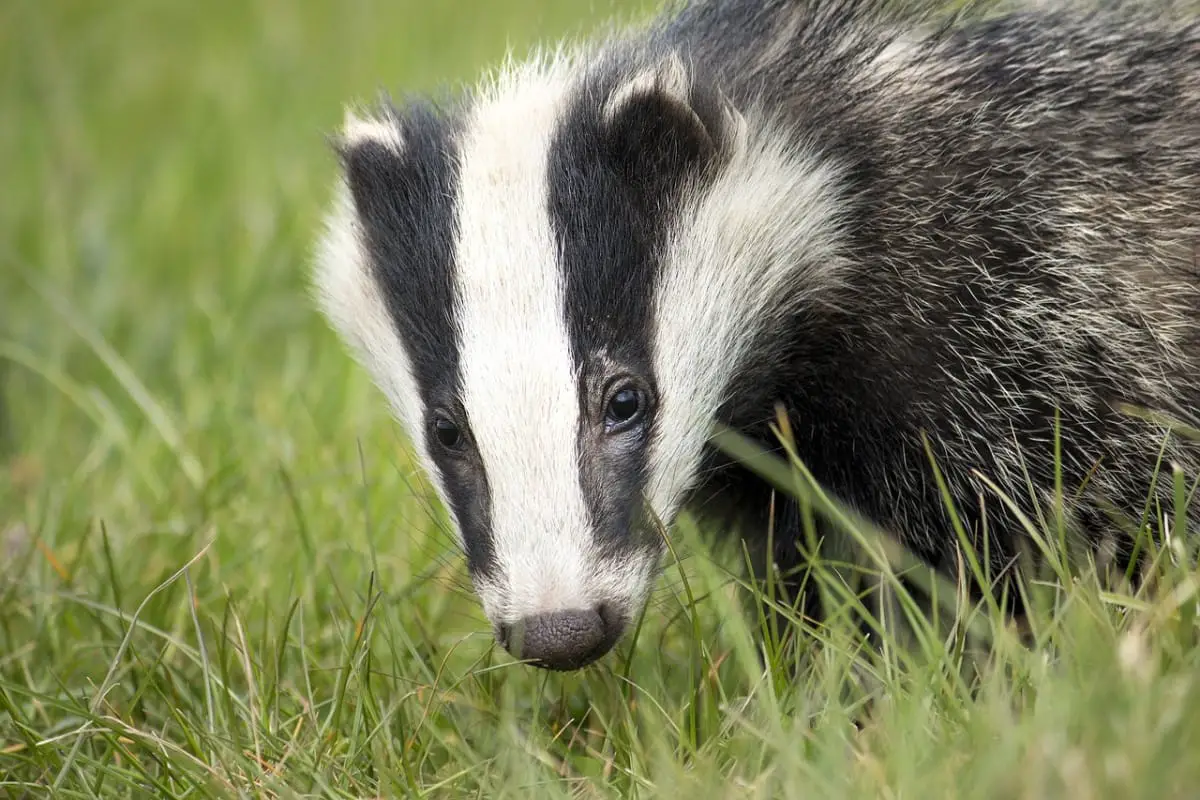
Although the wolf, bear, and lynx disappeared a long time ago from Scotland’s landscape, there are still a few predators left to roam the wilds. Most of them are small in comparison though, and it’s no surprise that the only predators left in Scotland are the ones that don’t pose a threat to humans.
Sadly, even some of those animals are on the verge of extinction, and in many places south of the border they’ve already gone for good. Scotland’s vast stretches of uninhabited wilderness provide lots of cover for the remaining predators though, and there is now a booming tourism industry that specializes in Scottish wildlife safaris.
The list below details some of the animals you might be lucky enough to see if you go looking for them in Scotland.
Scottish Wildcat
The solitary Scottish wildcat can be easily mistaken for a domestic cat, although they’re much larger at around 2 feet in length and weigh up to 16lb (males).
Wildcat numbers have plummeted due to interbreeding with domestic cats and there are now only around 400 pure wildcats left in Scotland. To stand a chance of seeing them, head to the Highlands near the edges of woodland and away from farmland.
Pine Marten
This member of the weasel family can be found in woodlands across the central belt of Scotland and in some areas of the Borders, though their numbers have crashed to just under 4,000 individuals.
Pine martens are around 2 feet in length and have dark brown fur on their body and a large patch of white fur on their throat. Although they’re classified as carnivores, they will happily eat berries and fruit as well as small birds, insects, and carrion.
European Adder
Adders are Britain’s only venomous snake, but they’re not particularly dangerous. Although their bite is painful, their venom is only a concern to the very young, old, or ill.
They’re quite a small snake at just 60-70 cm long and fully-grown adults only weigh around 200g so there’s a good chance you won’t see them, especially as their distinctive reddish-brown zigzag pattern blends in perfectly with the moorland where they prefer to live.
Sea Eagles
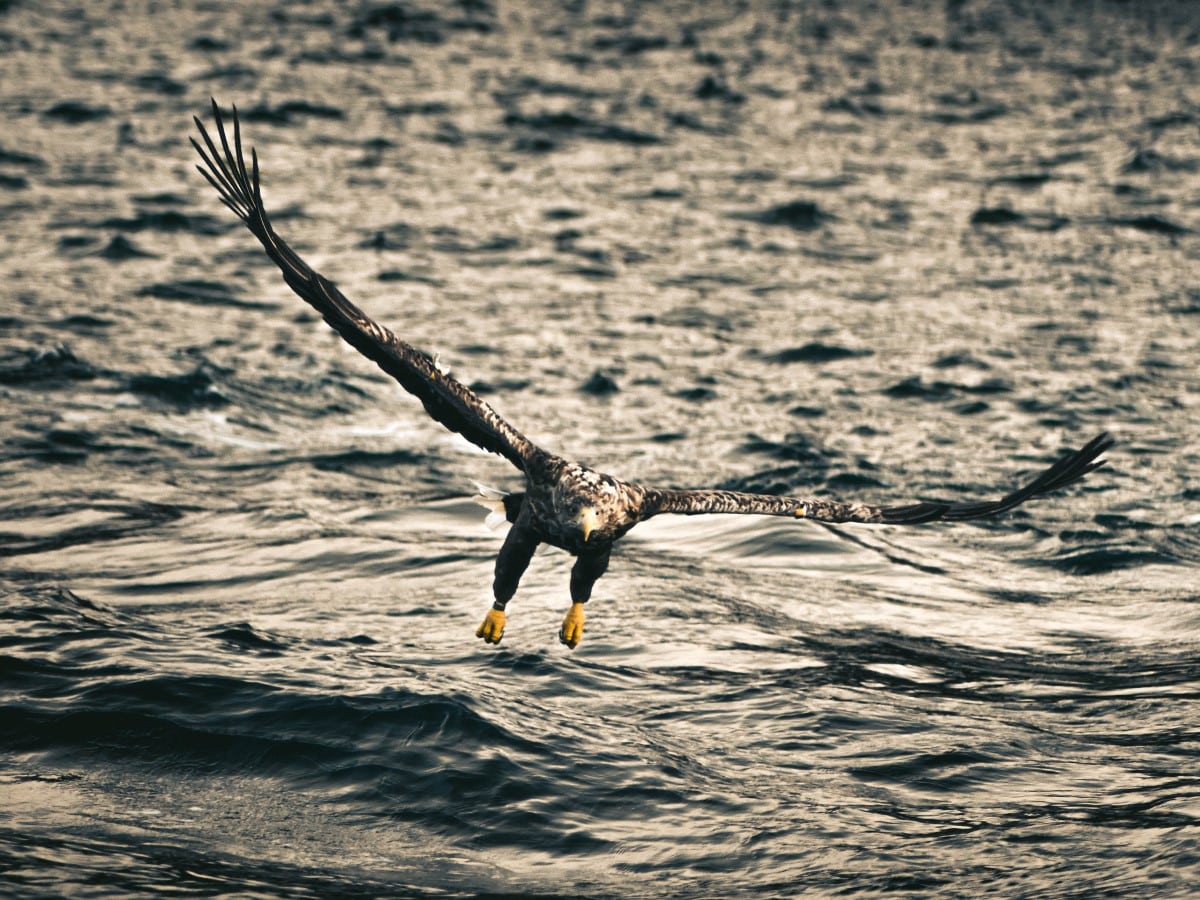
These birds are the largest in the United Kingdom thanks to a 9-foot wingspan that has given them the nickname ‘the flying barn door’. Sea eagles prefer to live in sheltered areas like sea lochs but they will fly out to sea to hunt fish and other birds.
These magnificent birds were driven to extinction in Scotland in the 1900s but conservation groups have successfully reintroduced 40 breeding pairs on the isles of Mull and Skye. They can also be found in Argyll Forest Park and Tentsmuir Forest.
Badger
Badgers are Britain’s largest land predator, although they’re rarely seen in the wild as they live underground and feed mainly at night.
Their stripy black and white face is unmistakable and is unlike any other animal in Britain, although they’re actually closely related to stoats and weasels. Badgers live in woodland and hedgerows throughout Scotland where they hunt frogs, rodents, birds, and lizards, though their main food source is earthworms and berries.
Dolphin
Dolphins are one of Britain’s most-loved animals and there are over 20 species living in the waters surrounding Scotland, including bottlenose, harbour, white-beaked, and common dolphins.
They live in large groups called pods and they feed mainly on small fish as well as squid and shellfish. One of the best places to see dolphins in Scotland is the Moray Firth near Inverness, but they can also be seen around much of the northeast coast.
Otter
Otters were almost lost forever in England and Wales in the 1970s due to the pollution of the waterways, but thankfully they survived in Scotland’s clean rivers in the less-inhabited north and west Highlands. Today, there are an estimated 8,000 otters in Scotland, most of which live around the coastline where they hunt salmon, eels, frogs, and occasionally, birds.
Seal

Seals count alongside red squirrels and red deer when it comes to recognizable Scottish animals, and luckily for wildlife watchers, there are plenty of places to see them. Top seal-spotting sites are the isles of Iona and Staffa, as well as St. Abbs Head on the Berwickshire coast.
Despite the fact that seal populations are stable, overtourism is increasing pressure on the species, which is leading to some pups’ parents abandoning them. When seal watching, please keep your distance, especially if there are young seals around.
If you’d like to learn about bears in Scotland, read this article next: Are There Bears in Scotland?
Frequently Asked Questions
When did Scotland last have wolves?
In the Scottish Highlands, close to the village of Killiecrankie, Sir Ewan Cameron shot and killed the last wild wolf in Great Britain in 1680.
Does Scotland have mountain lions?
No mountain lions are living wild in Scotland. The only ‘big cat’ in Scotland is the Scottish wildcat which is approximately 2 feet in length and on the endangered list, with as few as 400 individuals remaining.
What species of wolf lived in Scotland?
European grey wolves lived in Scotland before being hunted to extinction in the 17th century. Wolves migrated into the landmass of Great Britain around 50,000 years ago and remained after the last Ice Age retreated 10,000 years ago.
Is Scotland big enough for wolves?
Scotland – or more specifically the Scottish Highlands – is an area that is more than big enough to sustain wolves. The Highland Council region of the Scottish mainland is approximately 10,000 square miles in size yet has a human population of just 235,000 – lower than parts of the Russian Steppes.
Are there coyotes in Scotland?
There are no coyotes in Scotland. Like wolves, coyotes are a species of canine but they are native to North America and not Europe.

